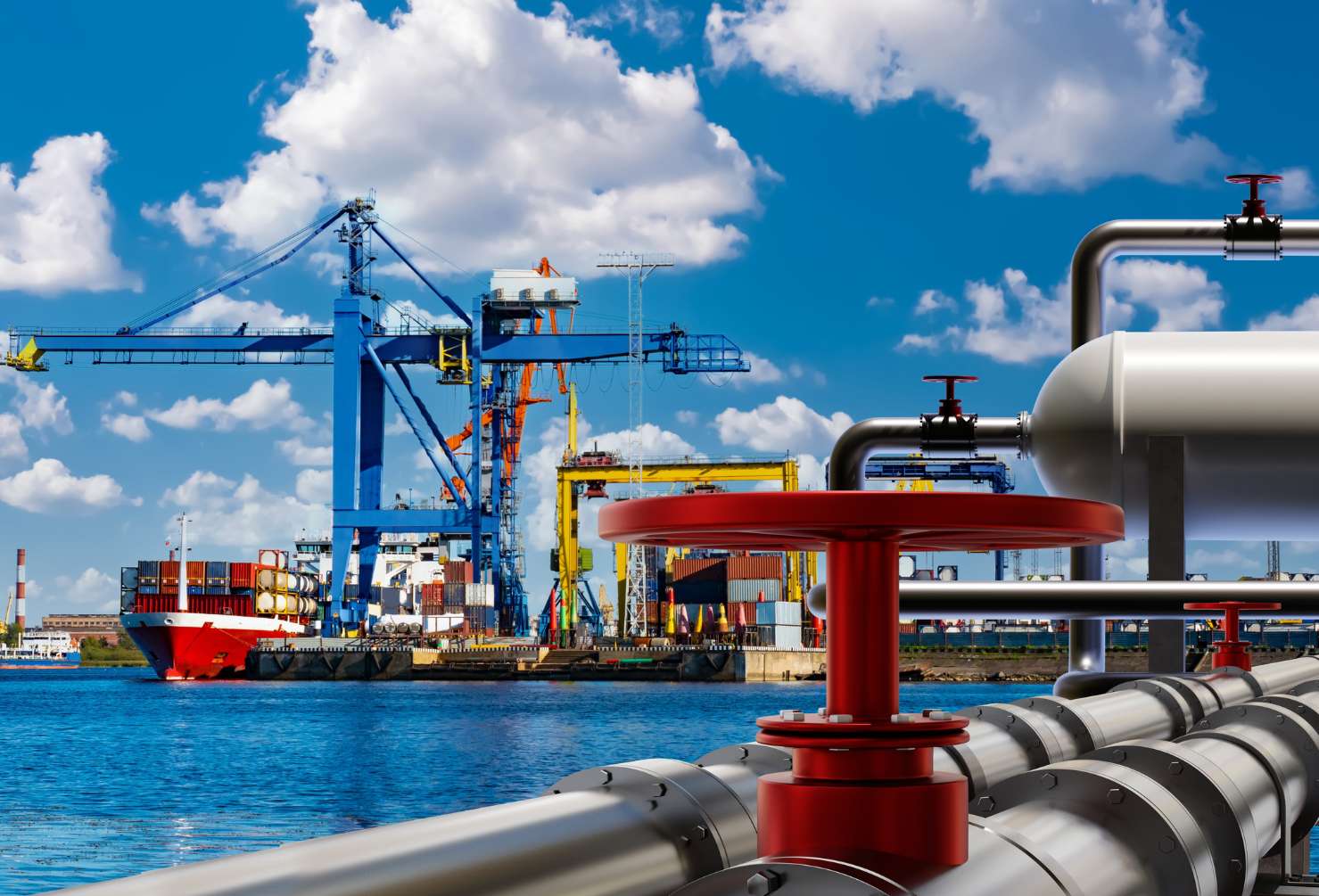
Australia stands at a critical crossroads in its energy future. As the world grapples with the urgent need to transition to renewable energy sources, the nation remains deeply entwined with its conventional oil and gas industry. Despite the increasing focus on sustainable energy, large-scale oil and gas projects continue to play a vital role in Australia’s economic landscape, providing a necessary bridge as the country gradually shifts towards a greener future.
The Persistent Role of Oil & Gas
Oil and gas have long been the bedrock of Australia’s energy infrastructure. These conventional sources are crucial for meeting current energy demands, supporting industries, and ensuring energy security. Australia’s vast reserves of natural gas and oil have not only fueled domestic consumption but also established the country as a significant exporter in the global energy market.
Even as renewable energy gains momentum, the immediate and scalable energy needs of Australia cannot be entirely met by renewables alone. The intermittent nature of wind and solar power, coupled with current limitations in storage technology, means that oil and gas will remain essential for providing a stable and reliable energy supply.
Ongoing and Planned Oil & Gas Projects
The commitment to maintaining a robust oil and gas sector is evident in the numerous large-scale projects still on the horizon. These projects are crucial for several reasons:
Economic Stability: The oil and gas industry is a major contributor to Australia’s economy, generating substantial revenue, creating jobs, and supporting regional development. Large-scale projects ensure the continuation of this economic stability while the renewable sector matures.
Energy Security: As the country works towards integrating more renewable sources into the grid, oil and gas provide a dependable backup, ensuring that energy demands are consistently met. This is particularly important during periods of low renewable output or high demand.
Technological and Infrastructure Advancements: Continued investment in oil and gas projects drives innovation and infrastructure development. These advancements can often benefit the renewable sector, as technologies and logistical solutions developed for oil and gas can be adapted for renewables.
Key Projects on the Horizon
Several significant oil and gas projects are underway or planned in Australia, highlighting the ongoing importance of this sector:
- Barossa Project: Located off the northern coast, the Barossa gas project aims to supply natural gas to the Darwin LNG plant, ensuring a steady supply of liquefied natural gas (LNG) for export markets. This project is expected to generate substantial economic benefits and support Australia’s position as a leading LNG exporter.
- Scarborough Gas Field: Off the coast of Western Australia, the Scarborough gas project is another critical development. It aims to extract and process significant natural gas reserves, contributing to both domestic energy supply and export capabilities.
- Narrabri Gas Project: In New South Wales, the Narrabri project focuses on developing coal seam gas resources. This project is expected to enhance local energy security and support regional economic growth.
Bridging the Gap to Renewables
While these projects underscore the continued reliance on conventional energy sources, they also provide the financial and technological foundation for the future expansion of renewable energy. Revenue generated from oil and gas can be reinvested into renewable projects, research, and development, facilitating a smoother transition.
Furthermore, the skills and expertise developed within the oil and gas industry are transferable to the renewable sector. Engineers, technicians, and other professionals can apply their knowledge to renewable projects, fostering a collaborative and integrated energy workforce.
The Road Ahead
Australia’s energy future is not a binary choice between conventional and renewable sources; it is a nuanced balance that requires careful management. As renewable energy capacity grows, the role of oil and gas will gradually diminish, but for the foreseeable future, these conventional sources remain indispensable.
The path forward involves strategic planning, robust policy frameworks, and ongoing investment in both sectors. By leveraging the strengths of the oil and gas industry while accelerating the adoption of renewables, Australia can achieve a sustainable and secure energy future.
In conclusion, the continued life and reliance on oil and gas exploration and production are not at odds with the transition to renewable energy. Instead, they are complementary components of Australia’s comprehensive energy strategy. This balanced approach ensures that the nation remains economically resilient and energy secure as it moves towards a cleaner, greener future.





